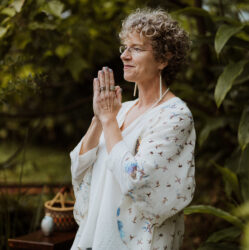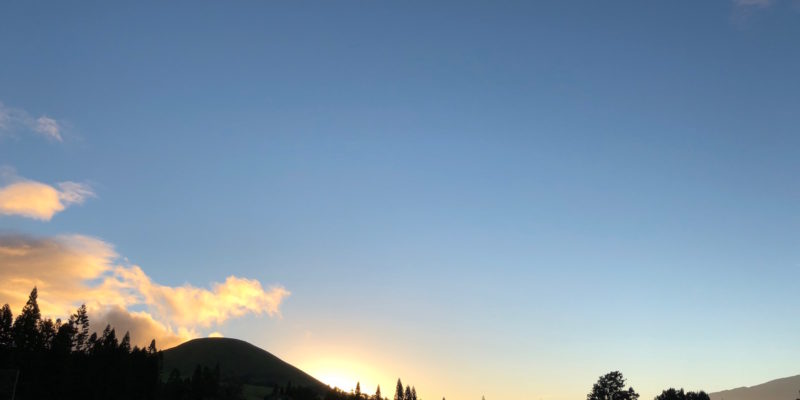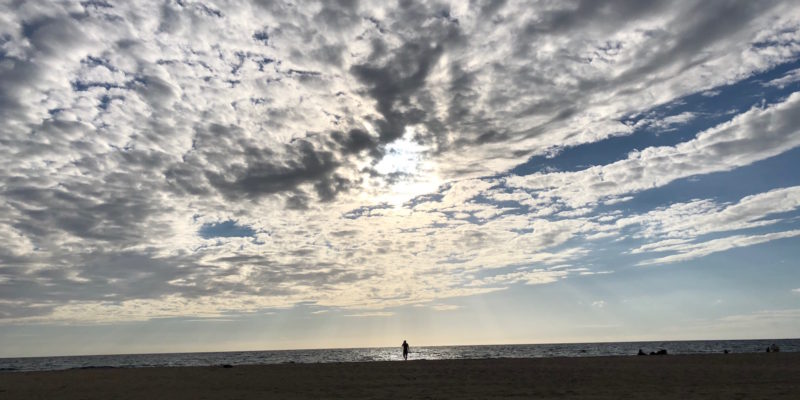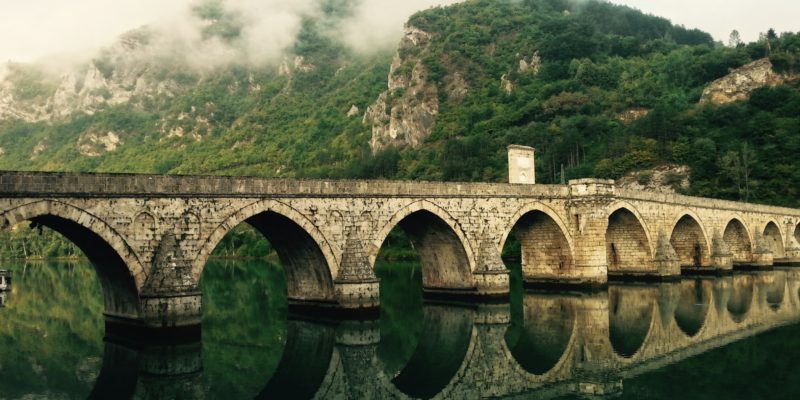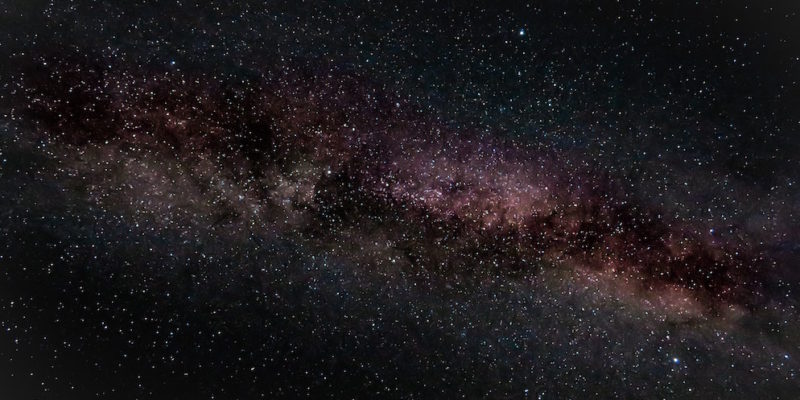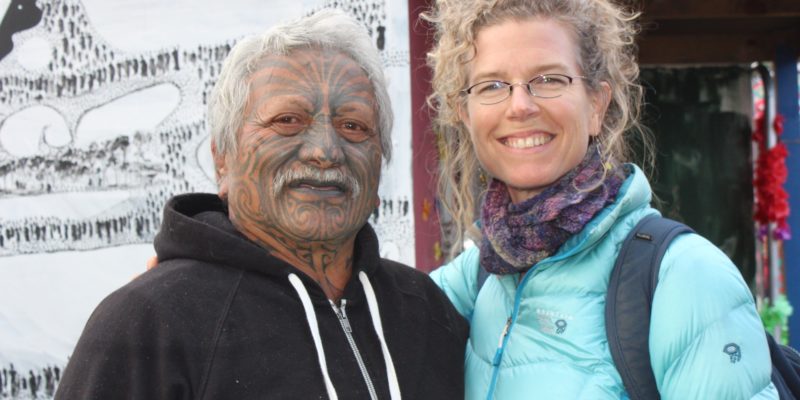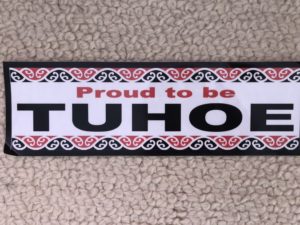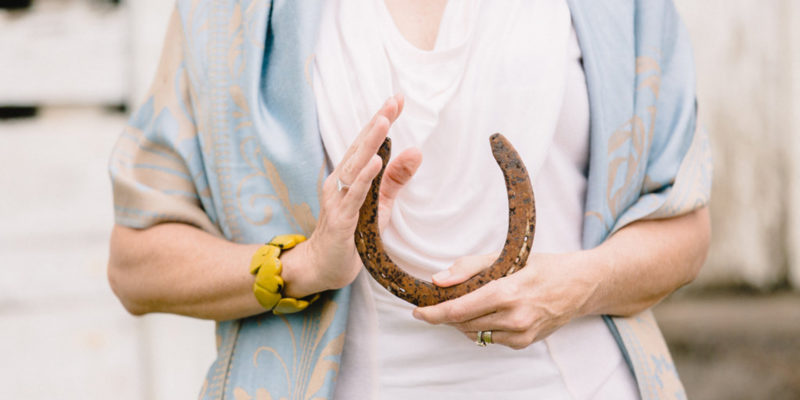Analysis Paralysis happens to all of us. We want to make the right decision to ensure the best possible outcome. Too many choices comprise the day. Big decisions, little decisions, all day long. Even what to watch on Netflix can be a big deal. And mustard? Forget about it… there are so many choices, stone-ground, dijon, yellow, pale ale, horseradish, and so on, my goodness, sometimes you just want mustard. Complaining about too many choices is a modern problem with an ancient solution.
People tell us to relieve stress we need to relax and take it easy. This is a great over-arching idea of life. But really, ask yourself, How do you do that?
Here’s how. You relax and take it easy in decision making; in the little things that comprise the furniture of our lives. Break free from overstimulated mental activity which gets you nowhere fast (analysis paralysis) and to taking one step in any direction.
Take a deep breath
Take a deep breath. And a longer exhale. Again. Do it 7 times. Then decide. Either way, decide, and carry on with your life.
The cure is the breath. The release comes from within you. Enjoy the liberation from analysis paralysis.
No right or wrong decision
What if you imagine there really is no right or wrong choice? Seriously. Feel that deep in your bones for a few moments. You are cutting yourself the ultimate slack.
Allow space for grace to enter and work in a way that is indeed miraculous.
When you drop into your intuition, you have more energy to take action.
“If you obsess over whether you are making the right decision, you are basically assuming that the universe will reward you for one thing and punish you for another.
The universe has no fixed agenda. Once you make any decision, it works around that decision. There is no right or wrong, only a series of possibilities that shift with each thought, feeling, and action that you experience.
If this sounds too mystical, refer again to the body. Every significant vital sign- body temperature, heart rate, oxygen consumption, hormone level, brain activity, and so on- alters the moment you decide to do anything… decisions are signals telling your body, mind, and environment to move in a certain direction.”
~
Flip a coin
Yes, you heard me. Flip a coin. And notice your response to the outcome. Heads is about taking action. Tails is sitting and waiting. Sometimes deliberately waiting is the decision and taking no action can be the most powerful intervention at that time.
Call to action: Experiment with your life:
